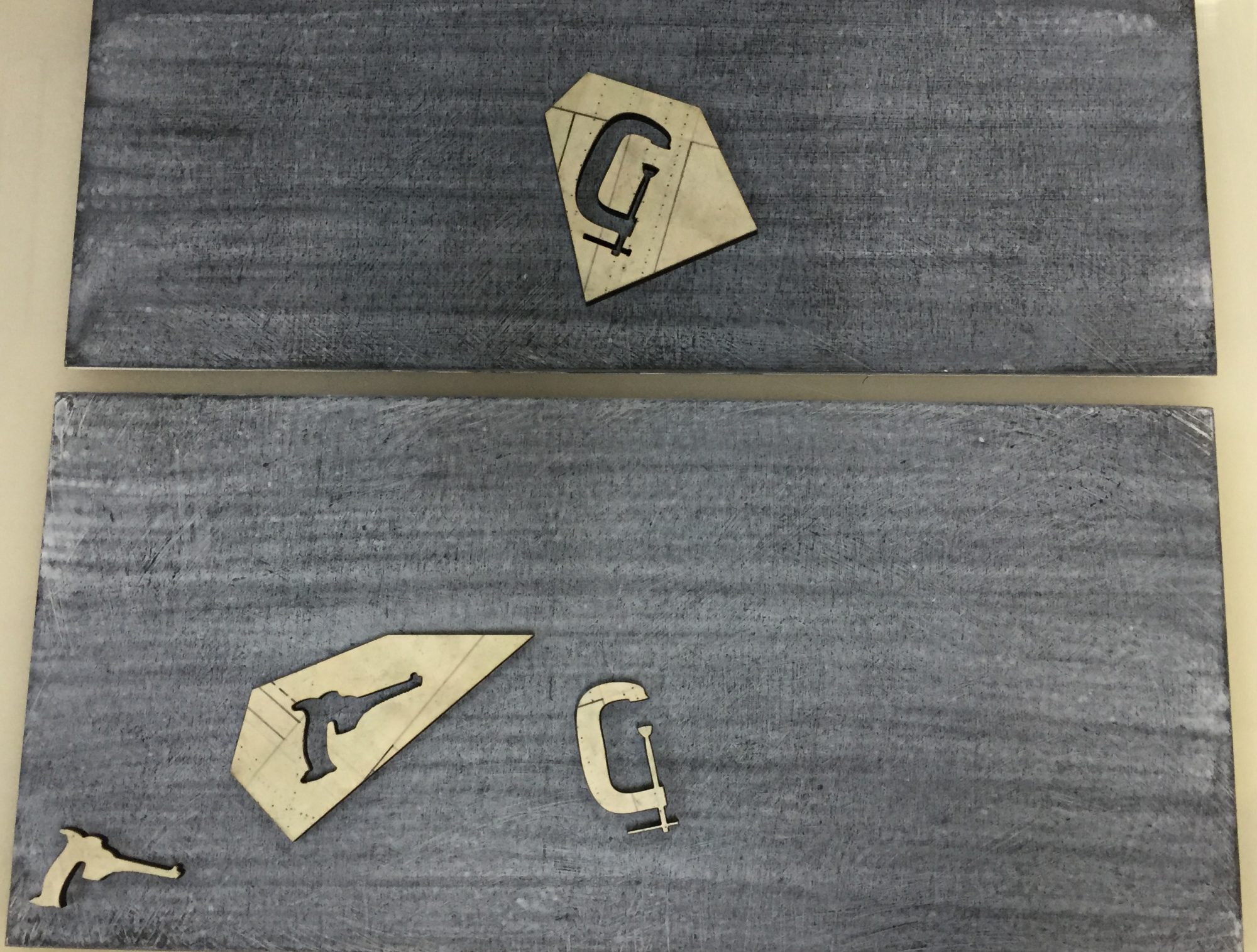
The second decade of the 21st Century witnessed a Christie’s night auction of Salvator Mundi and the highest single price ever paid for an auctioned painting. The final knock of the auctioneer’s gavel signaled an astonishing $450,312,500 from the winning (anonymous) bidder. This ostentatious purchase represents a sum greater than the GDP of some small countries.
All that lucre. And for what?!?
This Christian honorific painting has been attributed to Leonardo da Vinci, but not without significant controversy and doubt. The work may actually be student-grade; a copy rendered by a Leonardo underling. Art scholars are quick to point to painting techniques and approaches within the piece, inconsistent with other verifiable works by the Renaissance master. Additionally, many skeptics provoke critiques about questionable outcomes from various restorations over the centuries. For example, the most recent boldly extensive going-over by conservator Dianne Dwyer Modestini exhibits radical surface enhancements and embellishments atop the weathered “original”. cccc
So, dubious authorial authenticity and suspect artistic qualities aside, a mysterious elite owner now holds title to this opulent totem to unbounded wealth and hubris: a small humble delicately painted walnut panel portrait of Christ.
This modern day saga of conspicuous consumption symbolizes much of what has become perversely distorted about fine art promotion, auction and collection, as well as their correlatives within the vast socioeconomic inequities between the ultra-rich and, well, the rest of us.
Hence, I hope for sMundi, a faux-tabernacle, to artfully promote deeper contemplation and further conceptual commentary toward how peculiarly ludicrous, irrational, and warped the art market often seems to increasingly be.
Meanwhile, a pictorial record of work-in-progress phases for sMundi:






























Delightfully bewildered.